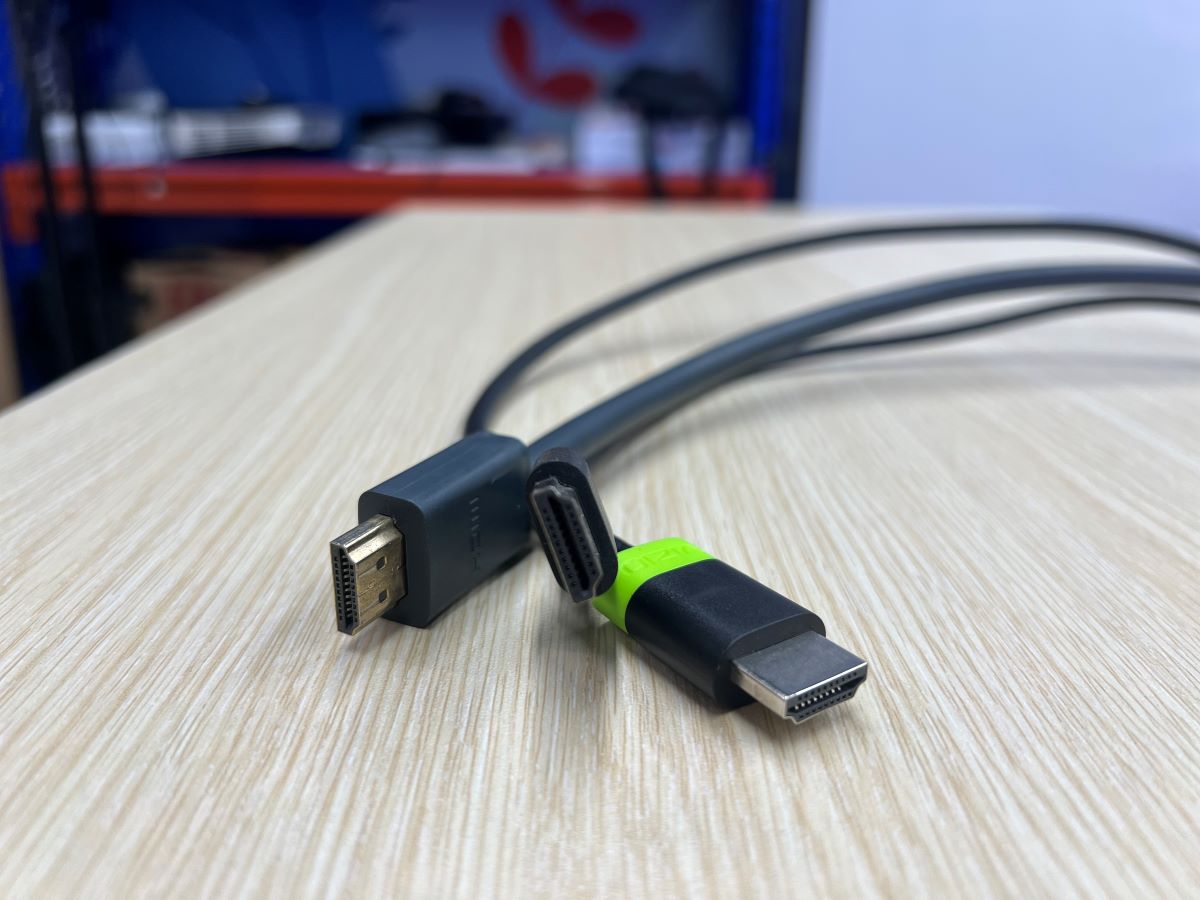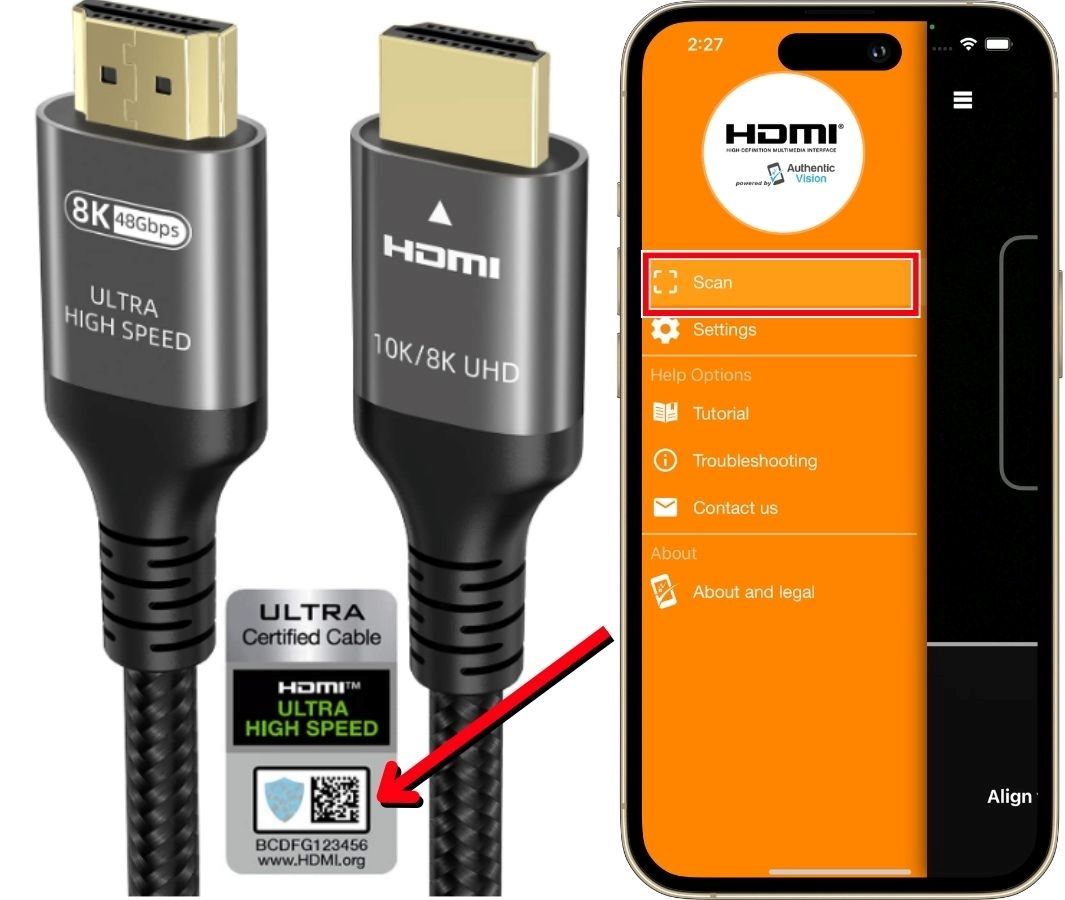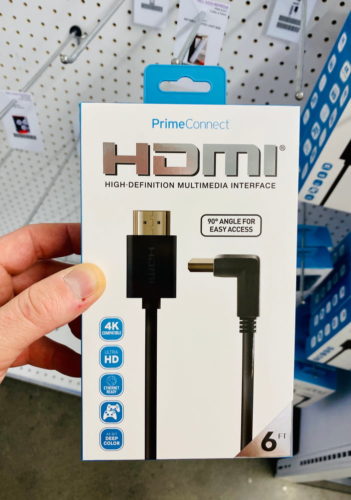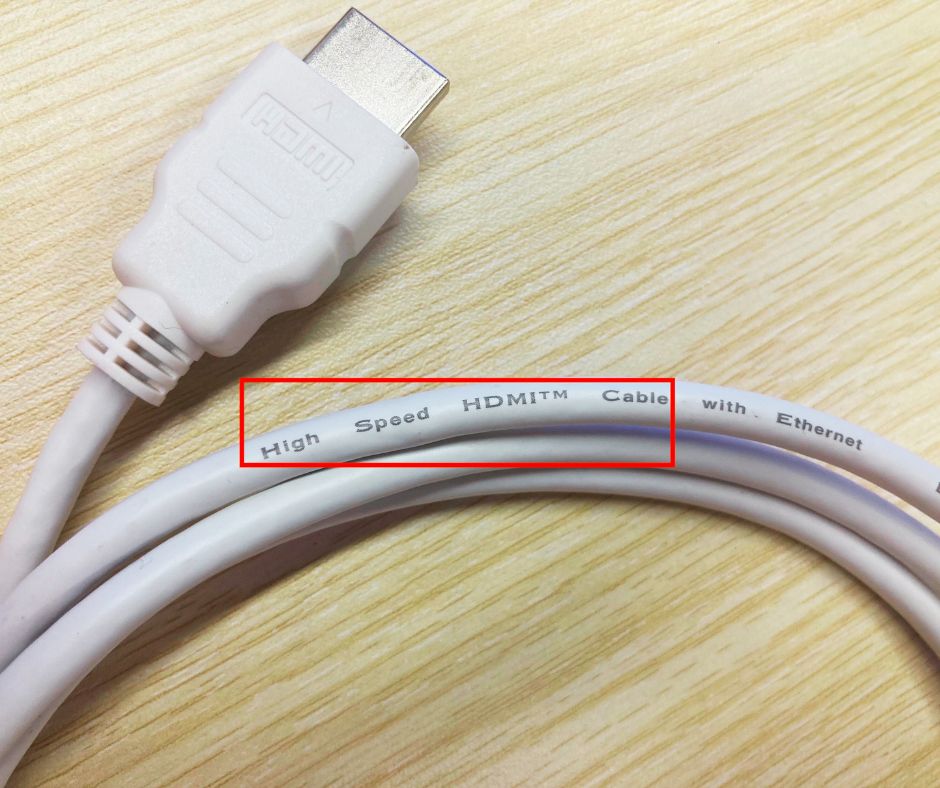How to Verify the Version & Test the Speed of Your HDMI Cable

What To Know
- You can use the HDMI Cable Certification app to verify the certification and version of your HDMI cable through a QR code on the cable’s packaging
- Some HDMI cables have specs printed directly on them, though this is less common with nylon braided cables.
- The HDMI cable’s product description, often found on the packaging or online product listings, provides crucial information such as maximum resolution, bandwidth, and speed.
In this article, I outline three effective methods to help you determine your HDMI cable’s bandwidth.
Let’s get started.
Quick Navigation
HDMI Cable Versions & Speeds
| Cable Version/Standard | Max Resolution & Refresh Rate | Max Bandwidth |
| Standard (1.0–1.1 & 1.2–1.2a) | 1080p 30Hz or 720p 60Hz | 4.95Gbps |
| High-Speed (1.3–1.4b) | 1080p 144Hz or 4K 30Hz | 10.2Gbps |
| Premium High-Speed (2.0–2.0b) | 1080p 240Hz or 4K 60Hz | 18Gbps |
| Ultra-High Speed (2.1–2.1b) | 8K 60Hz or 4K 120Hz | 48Gbps |
1. Verify HDMI Certification Using the HDMI Cable Certification App
You can determine if your HDMI cable is certified as version 1.4, 2.0, or 2.1 by checking the product’s box.
Thankfully, the HDMI organization has developed an app that allows you to verify a cable’s certification through a QR code found on the product’s packaging.
It’s important to note that this QR code cannot be scanned with your phone’s standard QR code scanner; instead, you must use the HDMI Cable Certification app provided by the HDMI organization.
Here’s a step-by-step guide to verify your HDMI cable certification:
Step 1: Download the HDMI Cable Certification app on your smartphone (Android & iOS).
Step 2: Locate the QR code on the cable’s box. If you’re considering a new purchase, ensure the box has a QR code.

Step 3: Scan the QR code using the HDMI Cable Certification app. The app will provide details about the cable’s certification such as the brand, the length, and especially the type of the HDMI cable.
You can see the details of how the app works in the video below
2. Check the Product Description
The first place to look for a cable’s version and speed is its product description.
While a few HDMI cables will have tags attached to them with all of their information, many will not.
If your HDMI cable doesn’t have a tag, try looking at its packaging or user manual. These are gold mines for people looking for detailed cable specs, such as its maximum resolution, bandwidth, speed, and more!

However, we understand that HDMI cable packaging isn’t something you usually hold onto and it may have ended up in the recycling as soon as you unpacked it.
So, if you can’t find your cable’s packaging, try looking for the specs online.
The first place we recommend checking is Amazon since they tend to have detailed product descriptions complete with all the necessary information. They also sell a wide range of cables, so the probability of you finding your cable model there is considerably high.
If you can’t find your cable there, we suggest heading to other popular tech retailers’ websites, like BestBuy.
If you live outside North America and can’t find your cable in American or Canadian tech stores, check out the websites of electronic retailers in your area.
For instance, Euronics is a popular tech retailer throughout Europe.
3. Check the HDMI Cable for Prints
Several HDMI cables have their specs printed directly onto the cable.
Please note that it’s unlikely you’ll find this information printed there if you own a nylon braided cable since this type of printing is usually only used for plastic-coated cables.
This information is usually printed in white, blue, or green. The font can be quite small, so carefully examine your cable when trying to find it, and consider wearing your reading glasses if needed.

It’s unlikely that the cable’s print will contain all of the necessary specs, but you may be able to find the words “High-Speed HDMI Cable” or something similar that will reveal the cord’s resolution, refresh rate, and bandwidth.
If you’re unsure of what these different cable labels mean, refer to the HDMI Cable Version Speed table found at the end of this article.
Yesenia Achlim is a technical copywriter and editor with a focus on AV equipment. She aims to break down complicated topics and make technology accessible, no matter your technical expertise. When she’s not teaching you how to replace a projector lamp, you can find her reading and baking.

